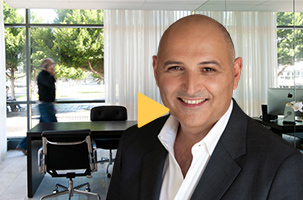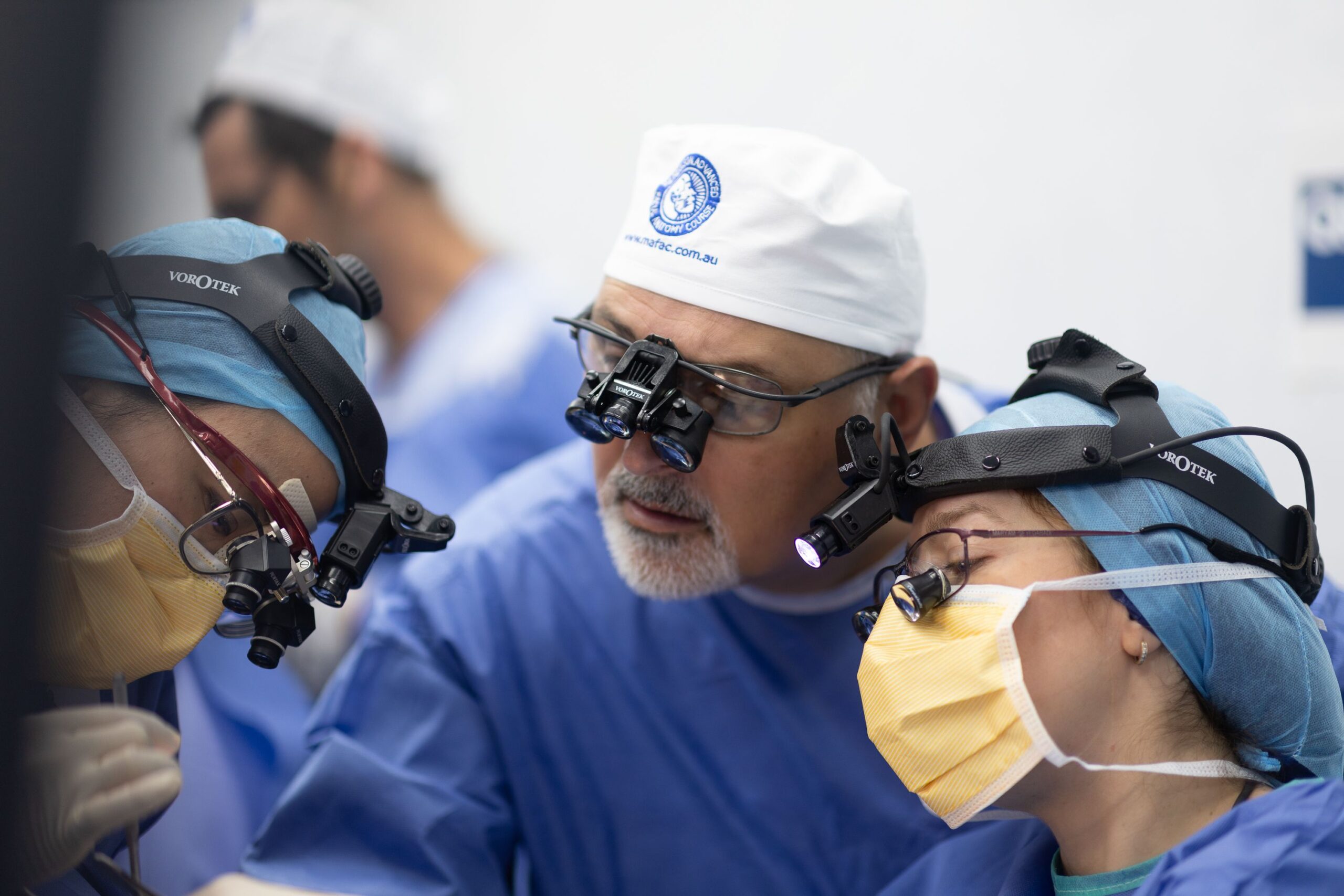The human body varies greatly from person to person, and so do individual preferences. Some people might prefer a fuller and more pronounced shape in their buttock region. Buttock Augmentation with Fat Grafting (Brazilian Butt Lift), is a procedure designed to address this preference. It involves transferring fat from one part of the body to the buttock area, aiming to meet your personal objectives.
At Dr. Tim’s Sydney clinic, we offer Buttock Augmentation with Fat Grafting (Brazilian Butt Lift) procedures suitable for those who prefer this option and have an adequate amount of fat in other areas of their body for transfer. We emphasise that it’s a personal decision and shouldn’t be influenced by societal expectations or trends.
Our team, led by specialist Plastic Surgeon, Dr. Tim Papadopoulos, ensures a professional, respectful, and patient-focused approach to your journey. We are committed to helping you make an informed decision about this procedure, taking into account your personal objectives and overall wellbeing. Remember, surgery isn’t the only way to manage body changes. Non-surgical options, lifestyle changes, and accepting your body as it is are other options.
Please note, this procedure isn’t suitable for everyone and individual results can vary. Consultation with Dr. Tim will provide you with a more precise understanding of the process, risks, and potential outcomes.
It is a surgical procedure that enhances the size and shape of the buttocks by using fat from other areas of the patient’s body.
Fat is typically taken from areas like the abdomen, hips, or thighs and is then purified before being injected into the buttocks.
This procedure may be performed under general anaesthesia.
Surgery duration can vary, depending on the amount of fat to be transferred.
The results can vary based on individual circumstances, including the patient’s body type and the amount of fat available for transfer.
This procedure is suitable for individuals who have an adequate amount of fat in other areas of their body for transfer and wish to change the size and shape of their buttocks.
A detailed consultation with Dr. Tim is recommended to understand the procedure fully, discuss personal objectives, and assess suitability.
Brazilian Butt Lift surgery is performed in hospital under general anaesthesia and takes 2 to 4 hours.
An abdominal binder (a broad elastic band) should be worn continuously for 2 to 6 weeks during your recovery. The binder provides extra comfort and support for your body, as you heal.
If having a lift at the same time, a compression girdle is required in addition to binder.
Your expected recovery time can vary, with most patients able to return back to work within 2 to 4 weeks. Driving may be resumed when stomping your feet does not cause any abdominal pain.
Physical exercise, manual labour and other strenuous activities cannot be undertaken for at least 4-6 weeks.
Most patients see final results at 12 months when the scar has matured.
Dr Tim will be able to give you recovery estimates for your surgery during your consultation.
To decrease the amount of overall recovery time and cost of surgery, many patients will combine cosmetic procedures for a more dramatic result.
Risks of Buttock Augmentation with Fat Grafting (Brazilian Butt Lift)
As with any surgical procedure, Buttock Augmentation with Fat Grafting (Brazilian Butt Lift) carries potential risks and complications. While every precaution is taken to minimise these, it’s crucial to understand and consider them prior to making your decision:
Infection: As with any surgery, there’s a risk of infection. Antibiotics are usually given to prevent this. It’s important to follow all postoperative care instructions to reduce this risk.
Bleeding: There is a risk of bleeding during and after the surgery. Your surgeon will take measures to reduce this risk.
Seroma or Hematoma: These are collections of fluid or blood that may occur under the skin. They may require additional treatment or surgery to drain.
Fat Necrosis: Some of the transferred fat cells may not survive in their new location, which can affect the final results.
Irregularities in Appearance: There may be some unevenness or asymmetry in the shape of the buttocks. Some of this can improve with time and massage, but in some cases, a second procedure may be necessary for improvement.
Changes in Sensation: You may experience temporary or permanent changes in skin sensation in the areas treated.
Fat Embolism: This is a very rare but serious complication where fat enters the bloodstream and travels to the lungs or brain.
General Anesthesia Risks: As the procedure is typically performed under general anesthesia, there are associated risks including allergic reactions and breathing problems.
These and any other potential risks will be discussed in detail during your consultation with Dr. Tim. It’s very important to us that you fully understand these risks and have all your questions answered to your satisfaction before proceeding with the surgery. Dr. Tim and his team prioritise patient safety and will be on hand to guide and advise you every step of the way.
Recovery after Buttock Augmentation with Fat Grafting (Brazilian Butt Lift)
The recovery experience following Buttock Augmentation with Fat Grafting (Brazilian Butt Lift) can vary widely between individuals. Here’s a general guide of what you might expect:
Post-Procedure: You may need to wear a special compression garment to support the newly grafted fat cells and control swelling. Initial discomfort is expected and can usually be controlled with prescribed medication.
Weeks 1-2: You may be instructed to avoid sitting or lying directly on your buttocks as much as possible to ensure the best possible result. Most patients take around 1-2 weeks off work to allow their bodies to recover.
Weeks 3-6: Over this time, the majority of the swelling should gradually reduce. It’s recommended to continue avoiding any direct pressure on your buttocks. You can usually do light activities during this period.
After 6 weeks: Most patients can return to their regular activities, including exercise, although you should always follow the advice given by your surgeon.
Long-term: The final result can often be seen several months after the surgery when all the swelling has completely subsided. It’s important to remember that maintaining a stable weight is crucial for preserving the results of your procedure.
Please note, these are general timelines and may vary based on individual circumstances and the specific techniques used in your surgery. A detailed post-operative plan will be discussed with you during your consultation with Dr. Tim. This personalised plan will take into account your overall health, the specifics of your procedure, and your personal recovery goals.
This content is suitable for an 18+/adult audience only
These photos are of consented patients of this clinic/medical practitioner and have not been altered or digitally enhanced.
Outcomes shown are only relevant for this patient and do not necessarily reflect the results other patients may experience, as results may vary due to many factors including the individual’s genetics, diet and exercise.
Click on the images below to enlarge

















